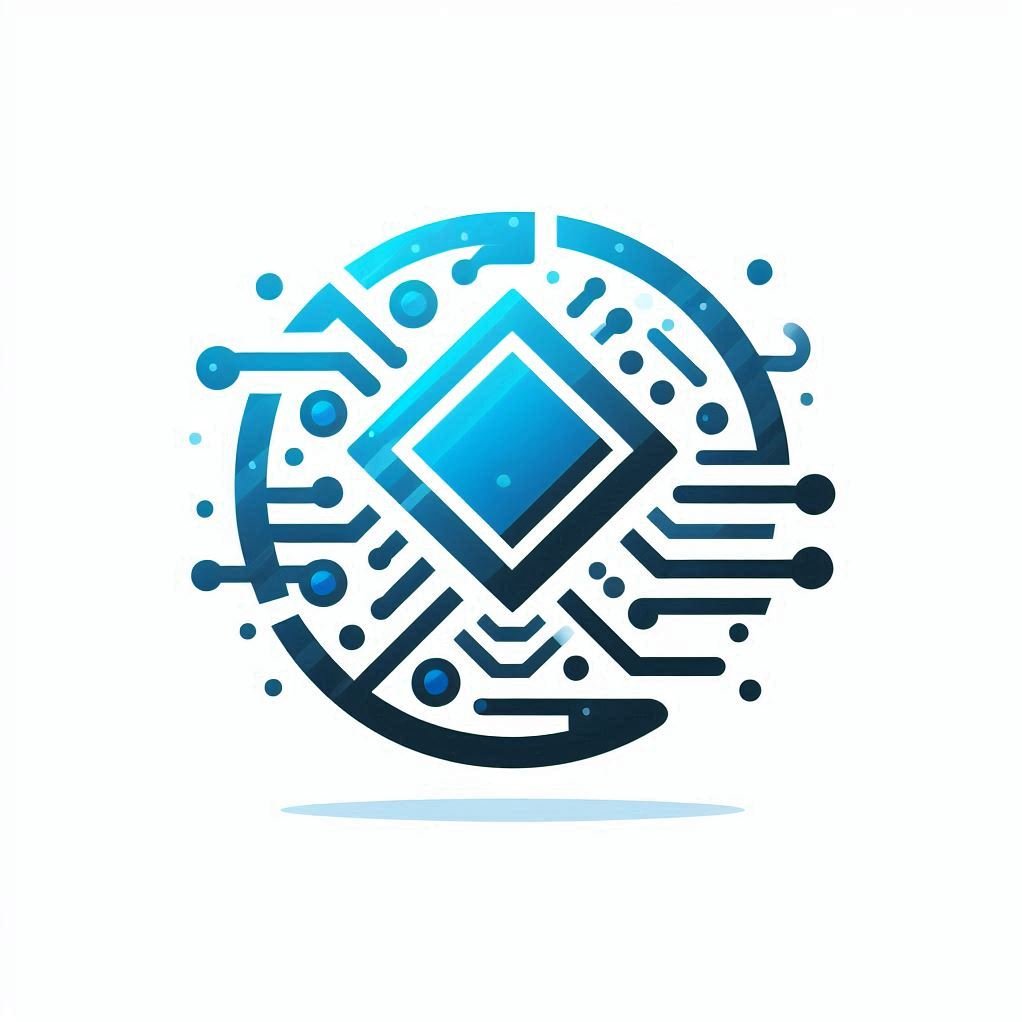Introduction
In today’s interconnected world, cybersecurity is more important than ever. As our reliance on digital platforms increases, so does the risk of cyber threats. Cyber security encompasses a wide range of practices and technologies designed to protect computers, networks, programs, and data from unauthorized access, damage, or theft. With cyber threats evolving rapidly, staying informed and implementing robust cyber security measures is essential for individuals, businesses, and governments alike.
What is Cybersecurity?

Definition of Cybersecurity
Cybersecurity refers to the practice of protecting systems, networks, and programs from digital attacks. These cyberattacks are usually aimed at accessing, changing, or destroying sensitive information, extorting money from users, or interrupting normal business processes.
Importance of Cyber security
The importance of cyber security cannot be overstated. As more of our lives and business operations move online, the risk of cyberattacks increases. Effective cyber security measures can prevent data breaches, protect against financial losses, and maintain the integrity and confidentiality of sensitive information.
Common Types of Cyber Security Threats

Malware
Malware, or malicious software, is designed to damage or disable computers and computer systems. This includes viruses, worms, trojans, spyware, and ransomware.
Phishing Attacks
Phishing attacks involve cybercriminals masquerading as legitimate institutions to trick individuals into providing sensitive information such as passwords and credit card numbers.
Denial-of-Service (DoS) Attacks
DoS attacks aim to shut down a machine or network, making it inaccessible to its intended users. This is typically done by overwhelming the system with traffic.
Key Components of a Cyber security Strategy

Risk Assessment
Conducting a risk assessment involves identifying, analyzing, and evaluating risks. This helps in understanding the threats facing your digital environment and determining the potential impact of these threats.
Implementing security Measures
Implementing robust security measures such as firewalls, antivirus software, and encryption is essential in protecting against cyber threats.
Regular Monitoring and Updating
Regularly monitoring your systems for suspicious activity and keeping software and security measures up-to-date can help in identifying and mitigating threats promptly.
Best Practices for Cybersecurity

Strong Passwords and Authentication
Using strong, unique passwords and enabling two-factor authentication can significantly enhance your cybersecurity posture.
Regular Backups
Regularly backing up data ensures that you can recover information in the event of a cyberattack or hardware failure.
Employee Training
Training employees on cybersecurity best practices is crucial in preventing human error, which is often the weakest link in security defenses.
Cybersecurity in Business

Protecting Cybersecurity Business Assets
Protecting business assets is a critical aspect of any cybersecurity strategy. Business assets include not only physical assets like servers and computers but also digital assets such as intellectual property, customer data, and proprietary information.
Building Customer Trust
A strong cybersecurity posture can build customer trust, as clients are more likely to do business with companies that prioritize data protection.
Compliance and Legal Requirements
Adhering to cybersecurity regulations and standards is essential to avoid legal repercussions and maintain business continuity.
Future Trends in Cybersecurity

Artificial Intelligence in Cyber security
The use of artificial intelligence (AI) in cyber security is on the rise, providing advanced threat detection and response capabilities.
Cloud Security
Cloud security involves a set of policies, controls, procedures, and technologies that work together to protect cloud-based systems, data, and infrastructure. This includes data protection, identity management, threat detection, and compliance measures.
Cyber security Workforce Development
The demand for skilled cybersecurity professionals is growing, highlighting the need for workforce development and education in this field.
Conclusion
Cybersecurity is no longer a luxury but a necessity in today’s interconnected world. With the increasing frequency and sophistication of cyberattacks, it is imperative for individuals and organizations to prioritize the protection of their digital assets. The journey to robust cyber security begins with understanding its fundamental aspects, recognizing common threats, and implementing comprehensive strategies to mitigate risks.
